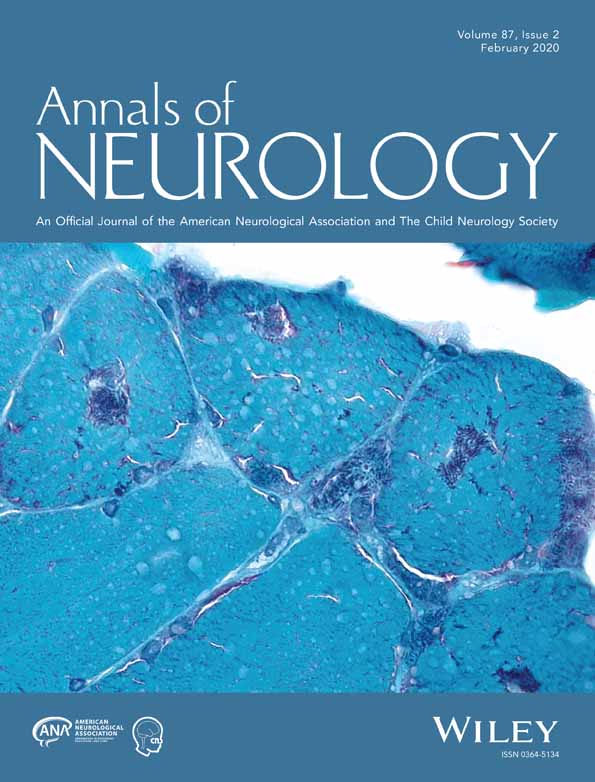Evolution of anosognosia in alzheimer's disease and its relationship to amyloid
Abstract
Objective
Unawareness, or anosognosia, of memory deficits is a challenging manifestation of Alzheimer's disease (AD) that adversely affects a patient's safety and decision-making. However, there is a lack of consensus regarding the presence, as well as the evolution, of altered awareness of memory function across the preclinical and prodromal stages of AD. Here, we aimed to characterize change in awareness of memory abilities and its relationship to beta-amyloid (Aβ) burden in a large cohort (N = 1,070) of individuals across the disease spectrum.
Methods
Memory awareness was longitudinally assessed (average number of visits = 4.3) and operationalized using the discrepancy between mean participant and partner report on the Everyday Cognition scale (memory domain). Aβ deposition was measured at baseline using [18F]florbetapir positron emission tomographic imaging.
Results
Aβ predicted longitudinal changes in memory awareness, such that awareness decreased faster in participants with increased Aβ burden. Aβ and clinical group interacted to predict change in memory awareness, demonstrating the strongest effect in dementia participants, but could also be found in the cognitively normal (CN) participants. In a subset of CN participants who progressed to mild cognitive impairment (MCI), heightened memory awareness was observed up to 1.6 years before MCI diagnosis, with memory awareness declining until the time of progression to MCI (−0.08 discrepant-points/yr). In a subset of MCI participants who progressed to dementia, awareness was low initially and continued to decline (−0.23 discrepant-points/yr), reaching anosognosia 3.2 years before dementia onset.
Interpretation
Aβ burden is associated with a progressive decrease in self-awareness of memory deficits, reaching anosognosia approximately 3 years before dementia diagnosis. ANN NEUROL 2020;87:267–280
Potential Conflicts of Interest
None.




